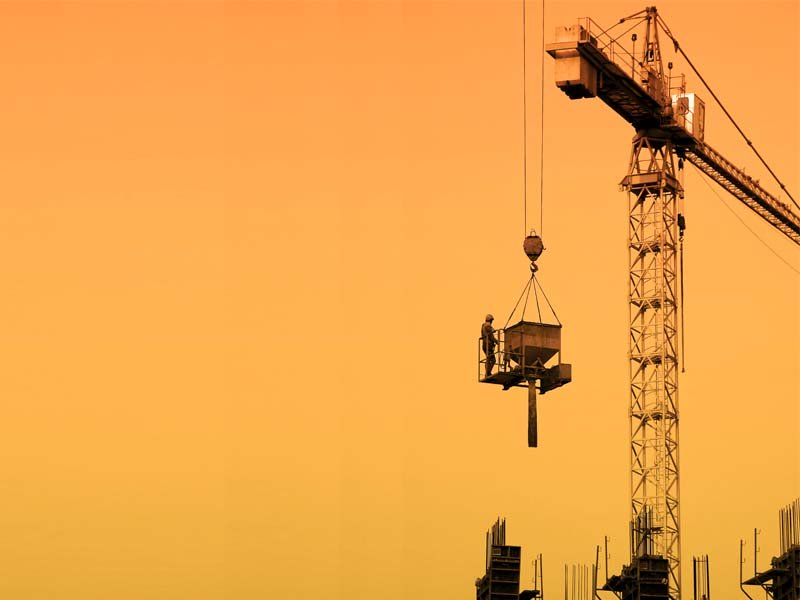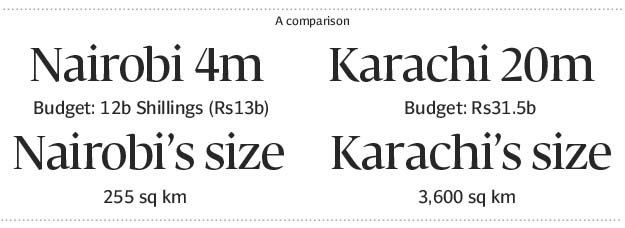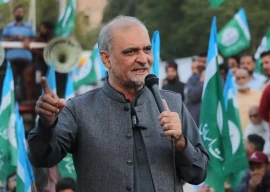
Today, the Kenyan urban planners and policy makers are saying that it is best to decentralise services or make them available in smaller towns and cities instead of the provincial capital. “You [should] not need to come to Nairobi to have your salary problems sorted out,” says Patrick Adolwa, the deputy director of the Urban Development Department and coordinator of the National Urban Development Policy Preparation Process. “You have to travel 1,000km. Those trips are unnecessary.” The same would apply to Karachi as the seat of provincial government. Local government would ideally sort this same problem out for someone sitting in Larkana.

Thus, meaningful decentralisation is the solution. Other parts of Kenya need to feel empowered without wishing that Nairobi (the national government) would do something. “If you have Lahore, Rawalpindi, Islamabad doing things, then you have good urban systems with urban economies,” Adolwa gives by way of argument. Karachi wouldn’t have to do everything.
Key to thinning out population concentration is a transport network. Nairobi is building a new railway, virtually parallel to the old one, to connect to a new port, Lamu that links Kenya to Sudan and Ethiopia.

“That will be the second axis of urbanization,” says Adolwa. The first railway, laid after 1885, led to the first wave of urbanisation. In Sindh, the British laid an important railway network but for it to continue to aid urbanizations for other centres, such as Sukkur, Larkana, Hyderabad, it needs to be much stronger, reliable and cheap.
Published in The Express Tribune, January 16th, 2013.

1732530816-0/BeFunky-collage-(88)1732530816-0-165x106.webp)
1720848500-0/Eminem-and-his-daugher-Hallie-(1)1720848500-0-165x106.webp)














COMMENTS
Comments are moderated and generally will be posted if they are on-topic and not abusive.
For more information, please see our Comments FAQ